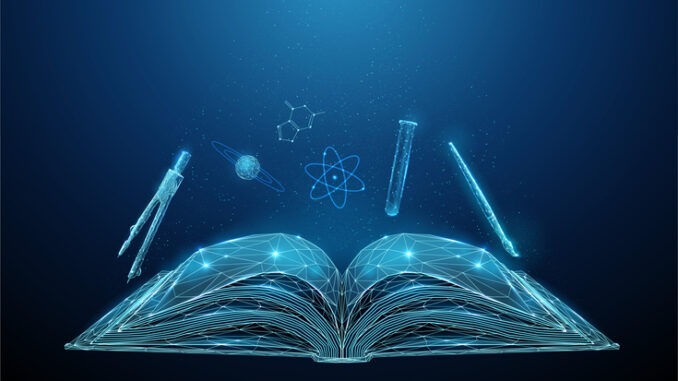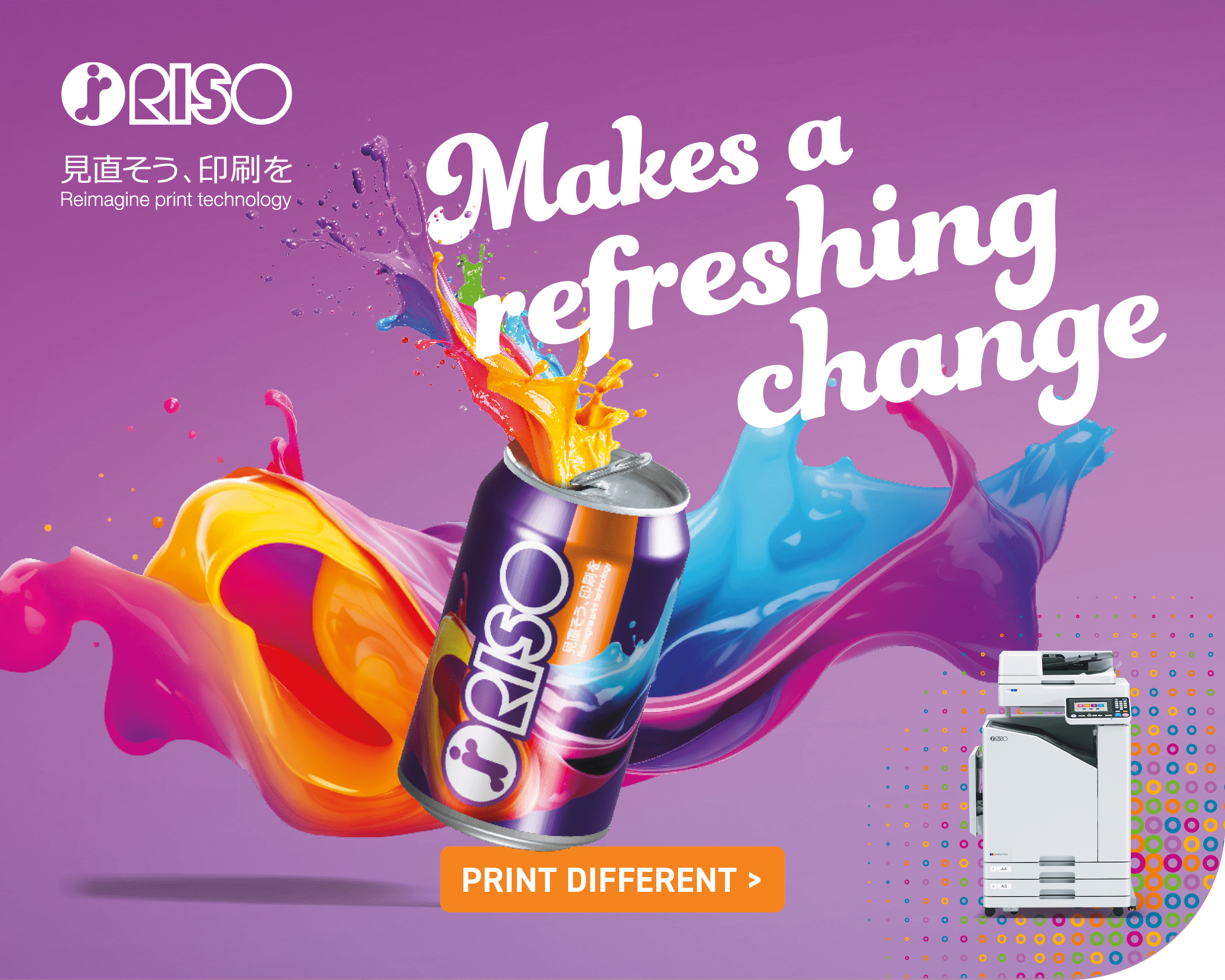In the ever-evolving landscape of education technology, a recent study by the National Foundation for Educational Research (NFER) sheds light on the crucial role of effectively training teachers to harness the power of multimedia tools for teaching maths and science. The study suggests that beyond the technical design of edtech, human mediation is key in determining its effectiveness in improving learning outcomes
CREDIT: This is an edited version of an article that originally appeared on NFER
In the dynamic world of edtech, it’s tempting to view the teacher role as merely facilitating access to technology. However, teachers are instrumental in mediating how students engage with edtech content. For instance, a US study found that even simple edtech tools, like science videos, were implemented in various ways by teachers, each influencing student engagement differently. Whether it’s creating a ‘gamified’ experience or incorporating themed exchanges, teachers can elevate the impact of edtech in the classroom.
Choosing the right edtech
Not all edtech created is equal, and its usefulness varies across learners. Teachers, being closest to the students, play a pivotal role in selecting high-quality edtech that aligns with the specific needs of their learners. For instance, employing characters and storylines can enhance the engagement of younger learners, while ’emotional design’ features may support mathematical understanding. Teachers act as the compass, ensuring the right design is selected for optimal engagement and learning outcomes.
Facilitating teachable moments with edtech
Edtech serves as a valuable tool that provides knowledge, allowing teachers to shift their focus to facilitating learning. A study in Australia highlighted how older learners constructing stop-motion animations deepened their conceptual understanding through ‘teachable moments.’ These moments, prompted by teacher questioning, enriched the learning experience, showcasing how edtech can be a facilitator of meaningful dialogue between educators and students.
Optimising edtech’s strengths
Understanding when and how to leverage edtech’s strengths is crucial. A recent meta-analysis suggests that edtech is most beneficial for maths performance when used to promote a collaborative and communicative learning environment. Moreover, it excels in supporting problem-solving and conceptual development. Teachers, as orchestrators of the learning environment, play a vital role in maximising the benefits of edtech, ensuring it aligns with pedagogical goals and enhances the overall educational experience.
While technology undoubtedly offers a myriad of benefits to the classroom, teachers remain the linchpin in unlocking its full potential. When integrating edtech into your schools, SBLs must strategically implement and guide its use to maximise its impact on learning outcomes and overall school success.




Be the first to comment